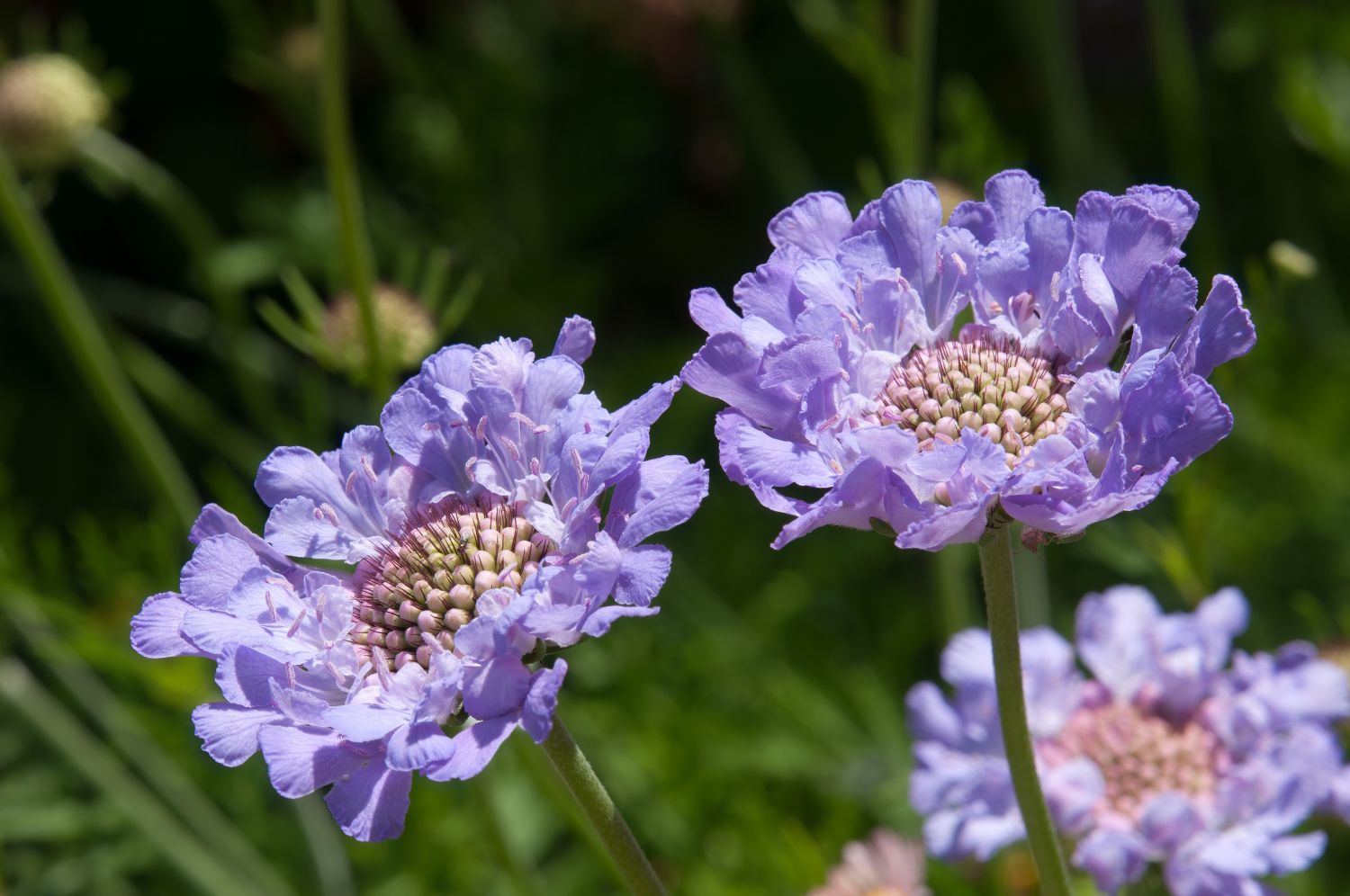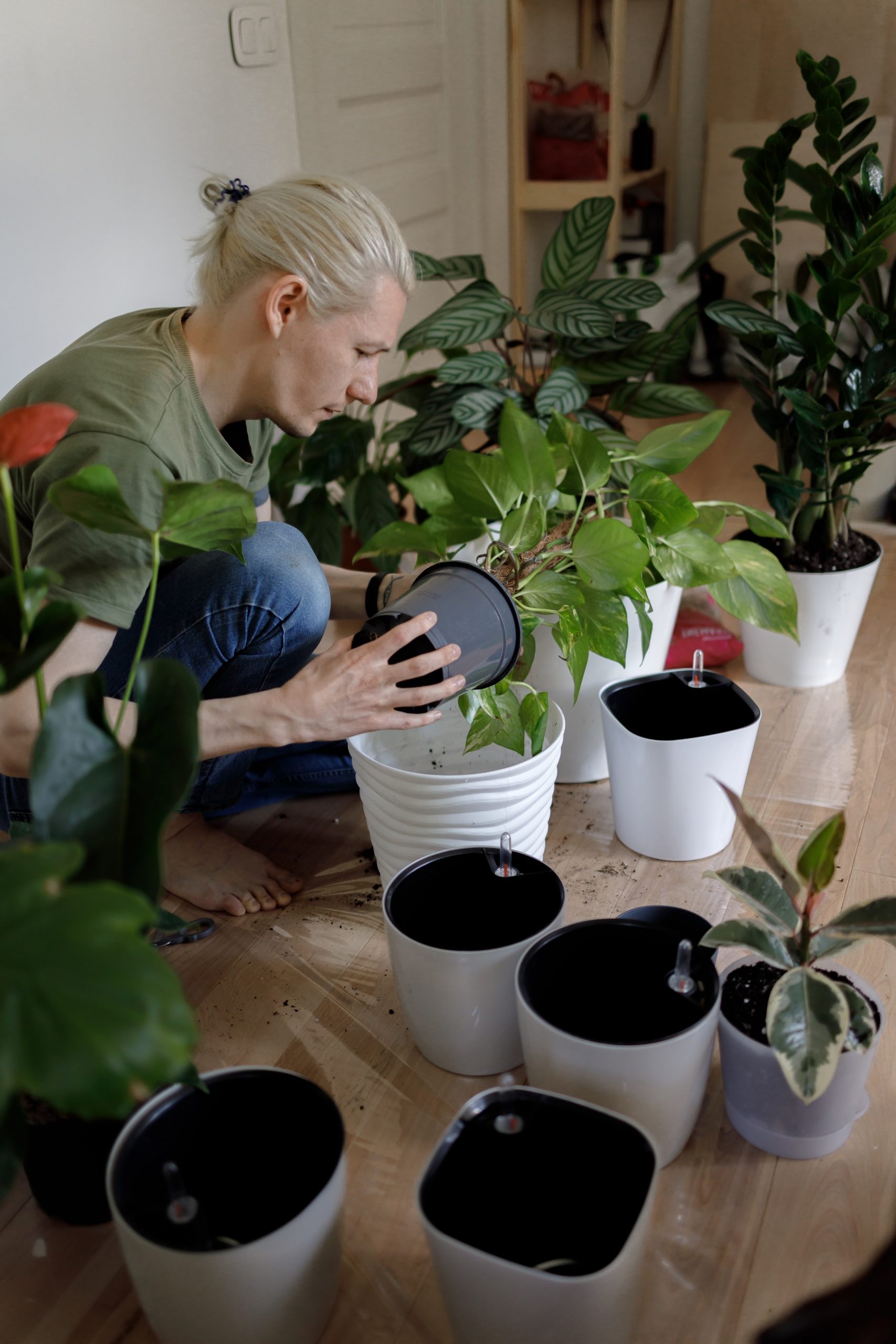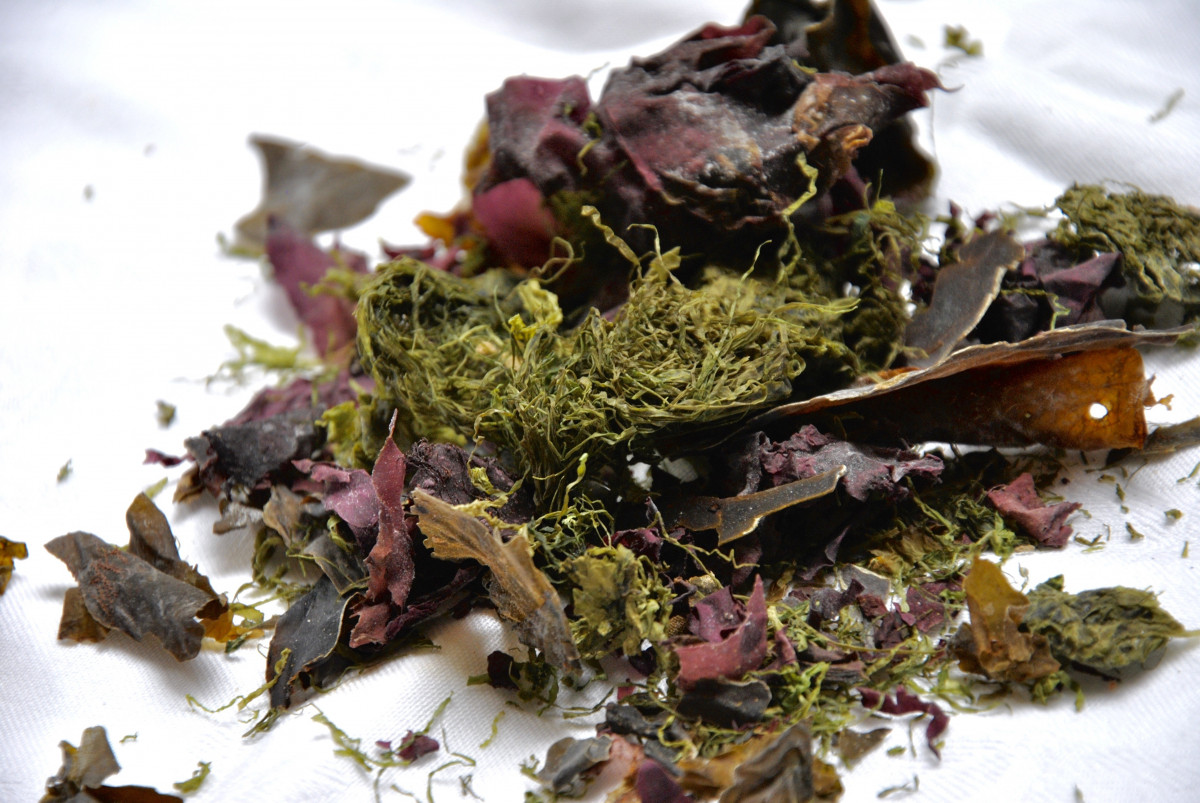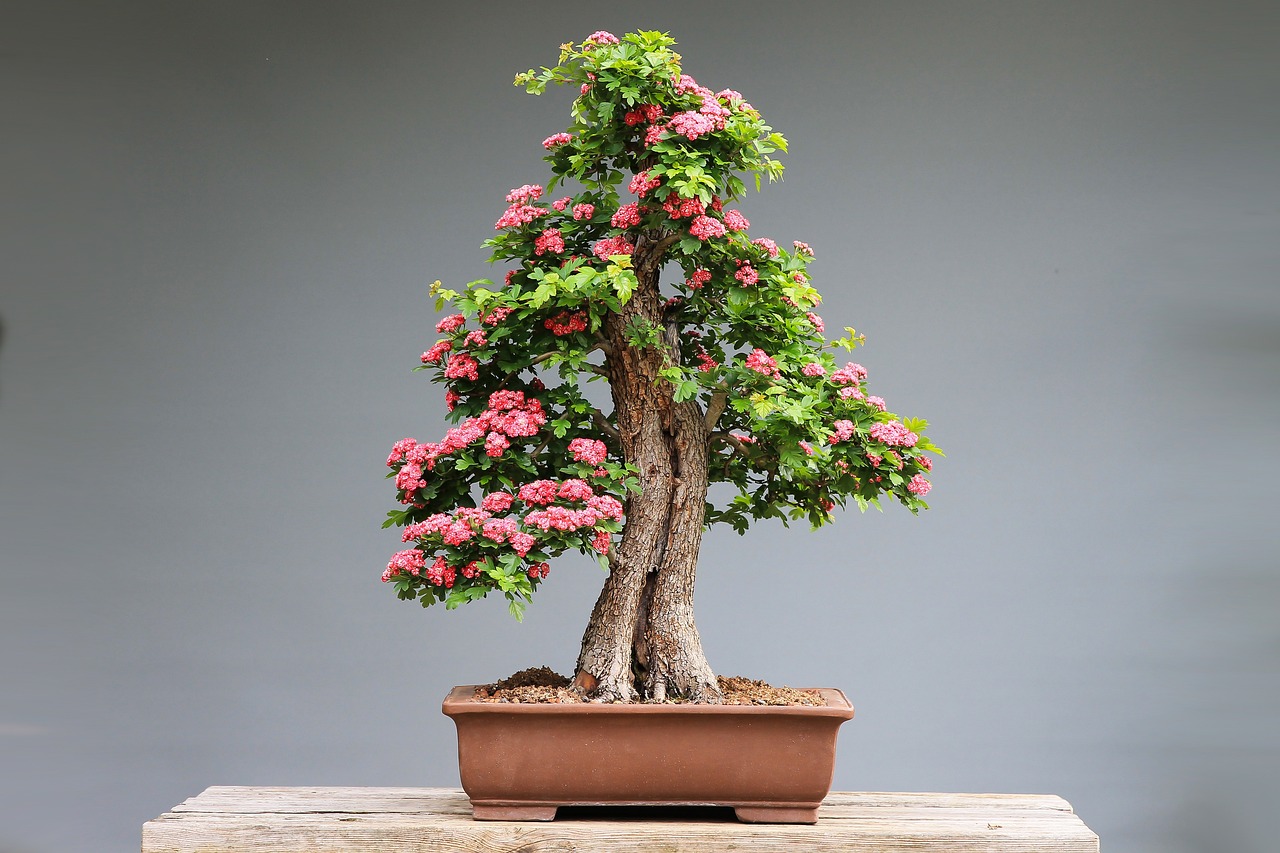Scabiosa, commonly known as pincushion flowers, are a popular choice for gardeners due to their attractive, unique blooms and ease of care. These charming plants are native to Europe and Asia, and are now widely cultivated all over the world. In this article, we’ll discuss how to grow and care for scabiosa plants in your garden.
Growing Scabiosa
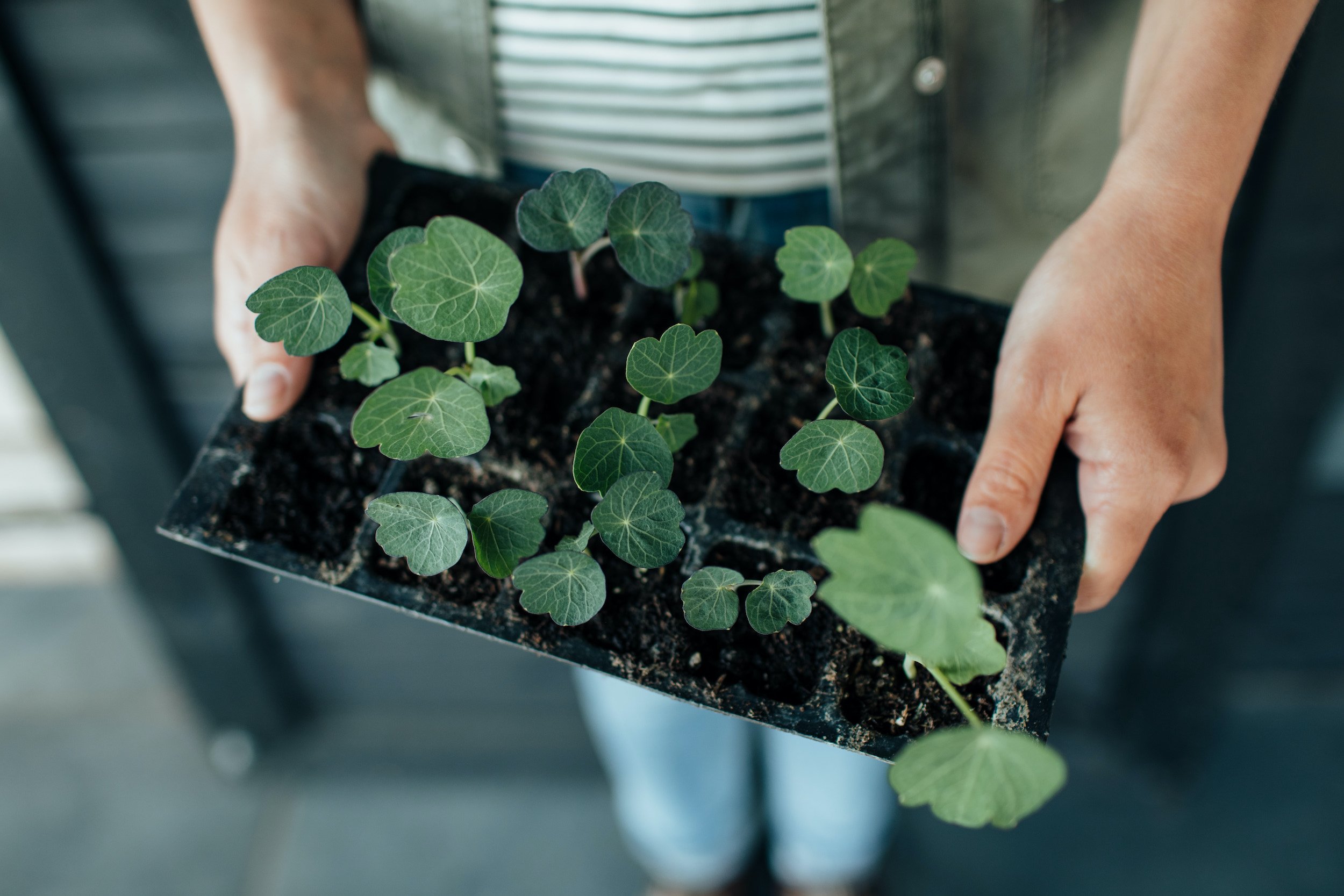
Scabiosa plants are easy to grow and care for, making them the perfect choice for novice gardeners. They usually prefer well-draining soil and plenty of sunlight, but can also tolerate partial shade. When planting scabiosa, it’s important to choose an area that receives around six hours of direct sunlight each day.
Scabiosa plants can be grown from seed or transplanted from a nursery. If starting from seed, sow them directly into the garden bed in the spring or fall, depending on your climate. The seeds should be planted at least ¼ inch deep and spaced about 12 inches apart. Once the seedlings have emerged and grown to a few inches tall, thin them out to about 18 inches apart.
If transplanting from a nursery, choose a healthy plant with strong stems and a good root system. Plant the scabiosa in a hole that’s slightly larger than its root ball, and cover the roots with soil. Water the plant deeply to help it establish itself in its new location.
Caring for Scabiosa
Scabiosa plants require very little maintenance once they are established in the garden. Here are some tips for keeping your scabiosa healthy and vibrant:
Watering: Scabiosa plants prefer consistently moist soil, but can be sensitive to overwatering. Water deeply once or twice per week, depending on the weather and soil conditions.
Fertilizing: Fertilize scabiosa plants with a balanced fertilizer in the spring, and again in mid-summer if necessary. Over-fertilizing should be avoided as this can cause excessive foliage growth and fewer blooms.
Deadheading: Deadhead spent flowers regularly to promote new growth and encourage blooming throughout the season. Cut the stem just above the first set of leaves below the spent flower.
Mulching: Use a layer of mulch and apply it around the base of scabiosa plants to help retain moisture in the soil and suppress weed growth.
Pest control: Scabiosa plants are relatively pest-resistant, but may be susceptible to aphids or spider mites. If you start noticing these pests on your plants, spray them with a neem oil solution or insecticidal soap.
Varieties of Scabiosa
There are many varieties of scabiosa to choose from, each with its own unique colors and characteristics. Here are some popular varieties to consider:
Scabiosa atropurpurea: This variety, also known as the mourning bride, produces tall, branching stems with large, showy blooms in shades of purple, pink, and white.
Scabiosa caucasica: This variety features deep blue, lavender, or white flowers with a distinctive pincushion-like center. It blooms from early summer through fall.
Scabiosa columbaria: This low-growing variety produces compact mounds of foliage and delicate, lavender-blue blooms. It’s an excellent choice for borders or rock gardens.
Scabiosa ochroleuca: This variety, also known as the cream scabiosa, produces creamy yellow or white flowers on tall, slender stems. It’s an excellent choice for cutting gardens.
Conclusion
Scabiosa, with their distinctive pincushion-like blooms and ease of care, are a wonderful addition to any garden. By following the tips in this article, you can successfully grow and care for these charming plants in your garden. Remember to choose a sunny location with well-draining soil, provide adequate watering and fertilization, and deadhead regularly to encourage continued blooming. Scabiosa plants also make great cut flowers and can be used in floral arrangements or as a unique addition to a bouquet.
Overall, scabiosa are a versatile and low-maintenance plant that can add a pop of color and texture to any garden. Whether you’re a seasoned gardener or an amateur, growing scabiosa can be a rewarding and enjoyable experience. With a little bit of care and attention, you’ll surely be able to enjoy the beauty of these unique flowers for years to come.
